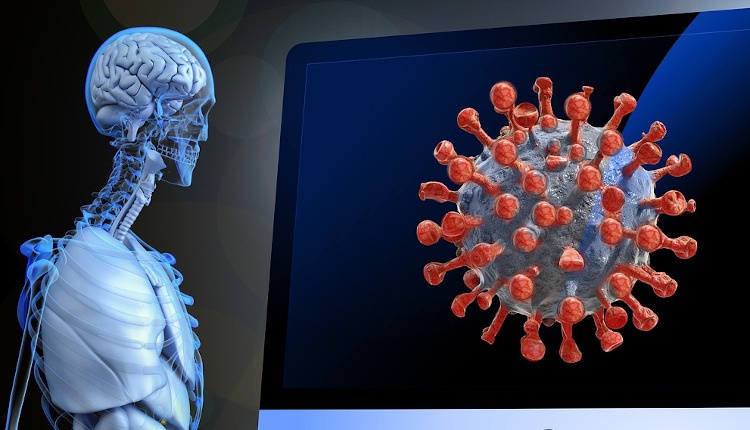
Stroke and COVID-19, case report of 4 patients
Stroke and COVID-19 – Several patients affected by coronavirus presented with cardiovascular and neurological diseases. Here we report 4 cases of patients with coronavirus but allegedly thought to have a stroke, but they had both.
Acute stroke remains a medical emergency even during the COVID-19 pandemic. A series of four patients with COVID-19 that presented with acute stroke have been studied in order to better understand how to get both of these diseases in a patient.
Researchers of the Northwell Health Staten Island University Hospital (NY) searched the hospital databases for patients that presented with acute stroke and concomitant features of suspected COVID-19 infection. In this study, all patients who had radiographic evidence of stroke and PCR-confirmed COVID-19 infection were included, obtaining explicit consent. At the end of the article, you can find the full PDF of the study, with the analysis of the single patient case with photos.
Stroke and COVID-19: patients evaluation
According to the study, the following cases have been the very first cases with PCR confirmed COVID-19 infection presenting with a cerebrovascular accident. 5.7% of patients with severe infection developed the cerebrovascular disease later in the course of illness (Mao et al., 2020), while the incidence of stroke in COVID-19 patients was about 5% with a median age of 71.6 years (Li et al., 2020).
These patients were associated with severe disease and had a higher incidence of risk factors like hypertension, diabetes, coronary artery disease, and previous cerebrovascular disease. Elevated levels of CRP and D-dimer, indicating a high inflammatory state and abnormalities with the coagulation cascade. These might play a role in the pathophysiology of stroke in the setting of COVID-19 infection (Li et al., 2020). Despite these reports, all four cases here presented with a cerebrovascular accident in the early stages of their illness.
Recent bacterial or viral infections have been known to cause strokes by increasing the risks for cardioembolic as well as arterio-arterial embolic events (Grau et al., 1998). The exact pathophysiology behind these cerebrovascular accidents is still to be determined.
Stroke teams should be wary of the fact that COVID-19 patients can present with cerebrovascular accidents and dawn appropriate personal protective equipment in every suspected patient. Plans should be developed not to neglect the management of acute cerebrovascular accidents, even though the control of COVID-19 infection is our biggest priority. More research is needed to identify the neurological implications of COVID-19 disease.
stroke_covid-19_elsevier_4_patients_case_report
READ ALSO
Stroke and COVID-19 – SOURCE

